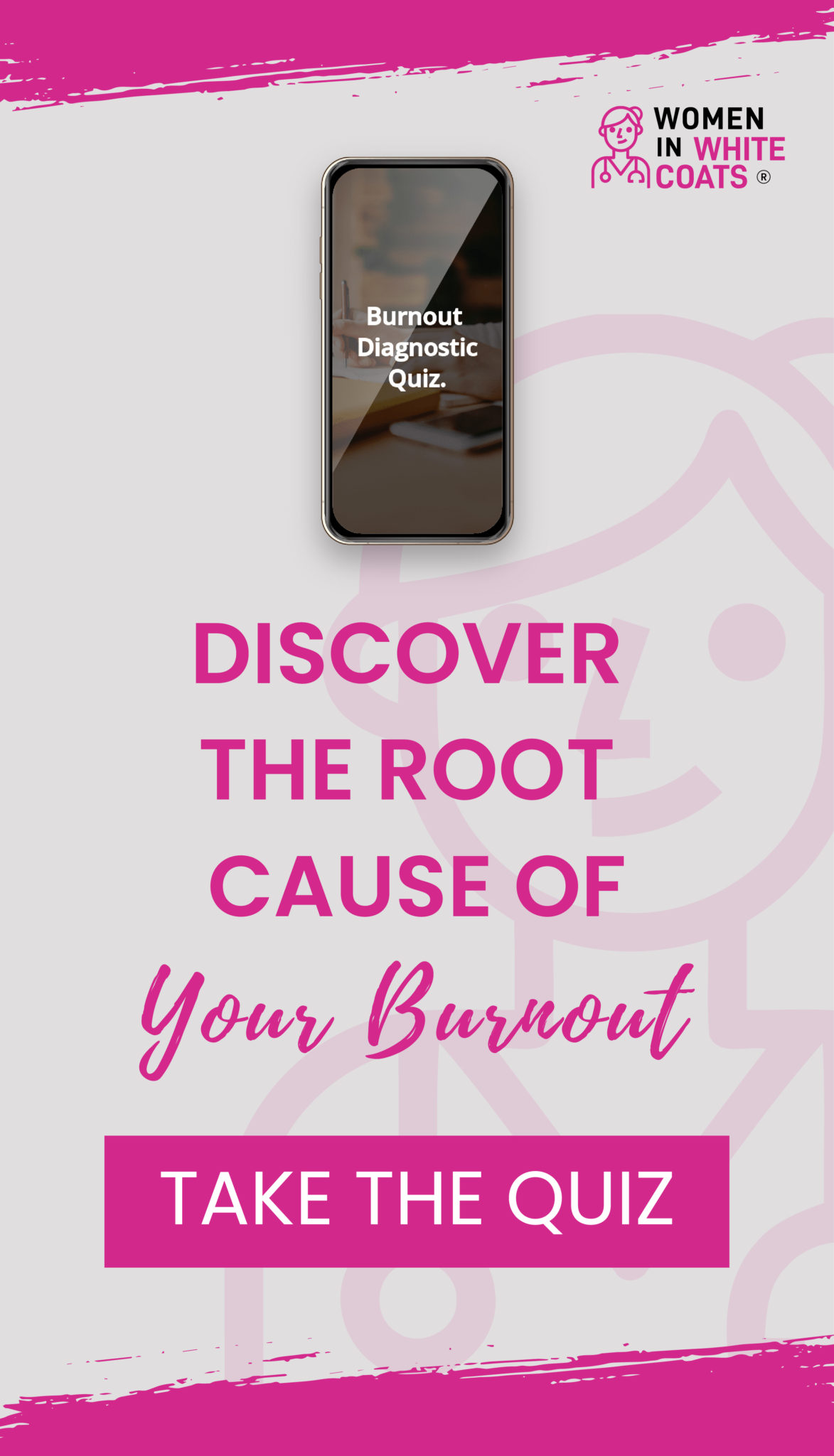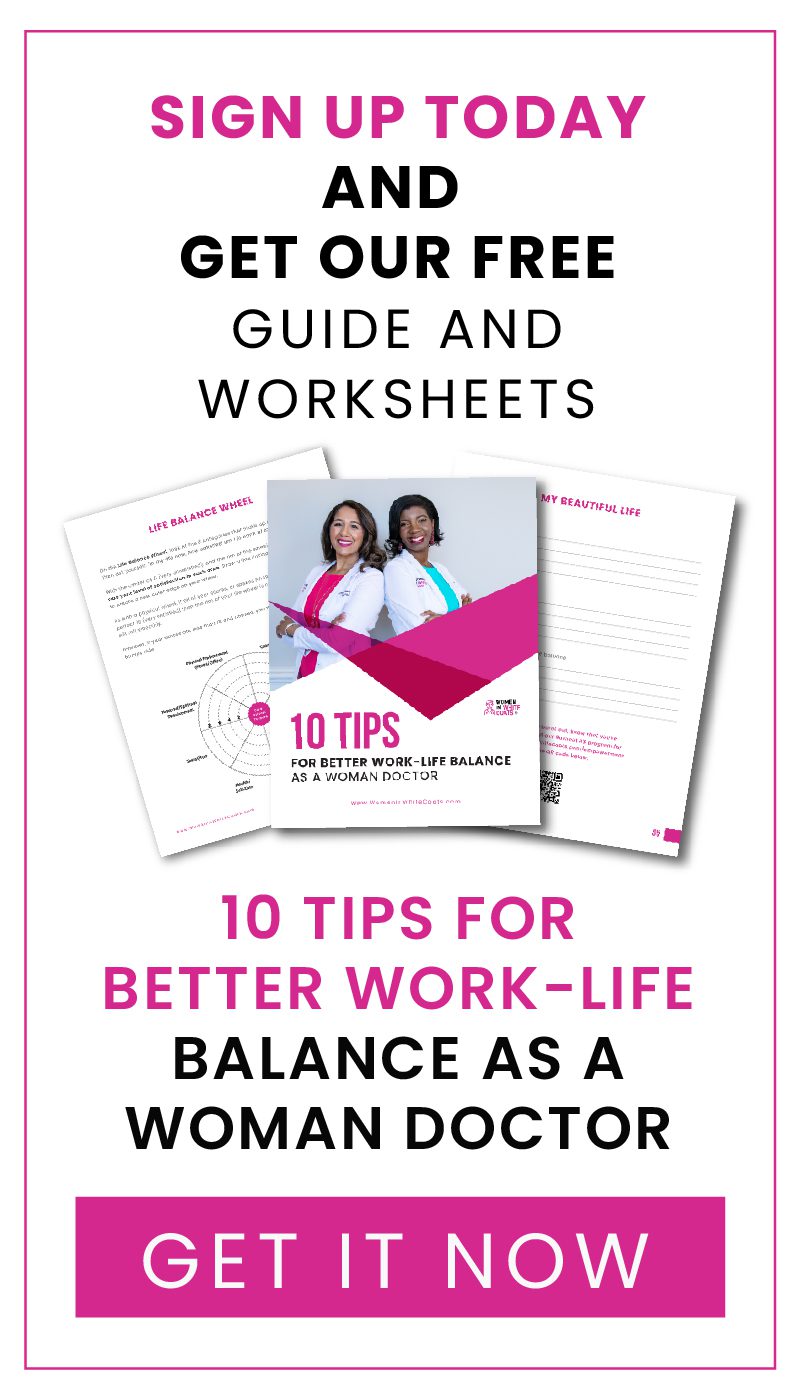September is National Suicide Prevention Awareness Month. According to the Centers for Disease Control and Prevention (CDC), suicide rates in the United States increased more than 30% from 1999 to 2017. More than half (54%) of people who died by suicide did not have a known mental health condition. Relationships, substance use, physical health; and job, money, legal, or housing stress are also risk factors. These numbers are staggering, even more so for physicians than the general population. The suicide rate among physicians is 28 to 40 per 100,000, more than double that of the general population (13.4 per 100,000.) US physicians have the highest suicide rate of any profession, with roughly one completed suicide every day.
Considering these shocking statistics, in 2018, the Council of Residency Directors (CORD) in Emergency Medicine in collaboration with other medical organizations, dedicated September 17th as National Physician Suicide Awareness (NPSA) Day. The theme is “Shine a light. Speak its name.”
September is also the American Medical Association’s (AMA) Women in Medicine Month. This month showcases the accomplishments of women physicians and highlights advocacy related to women physicians and health issues impacting women patients. This year’s theme is “Women in Medicine: Trailblazers, Advocates and Leaders.” As advocates and leaders, we must recognize the impact that suicide has on women physicians so we can be trailblazers and effect change. In the general population, women attempt suicide more than men but complete suicide less than men. Although women physicians attempt suicide less often than women in the general population, they complete suicide at a rate 2.5 to 4 times the general population – a rate equal to men physicians. The relative risk for completed suicide is 2.27 times higher for women physicians and 1.41 times higher for men physicians compared to the general population. Stressors unique to women physicians include gender bias and work-family conflict. Women physicians are often paid less than men, less likely to advance or be in leadership roles, and are frequently not recognized or acknowledged as physicians. They assume most of the household and childcare duties in a profession that allows little time to do so. Women physicians are more likely to divorce than men physicians and divorce is a risk factor for suicide.
Physicians who complete suicide often suffer from untreated or undertreated depression or other mental illnesses. The most common psychiatric diagnoses among physicians who complete suicide are mood disorders (such as depression and bipolar disorder), alcohol use disorders, and substance use disorders. The prevalence of depression in men (12%) and women physicians (19.5%) is the same as the general population. Poisoning, hanging, and firearms are the most common means of physician suicide. Physicians have a greater knowledge of and easier access to lethal means, contributing to higher rates of suicide completion.
The increased risk of suicide starts in medical school. Fifteen to 30% of medical students and residents screen positive for depressive symptoms, a rate higher than the general population. After accidents, suicide is the most common cause of death among medical students. There are inherent stressors in medical school and residency which can lead to symptoms of depression and substance use. These stressors include competitiveness, high standards, classroom and clinical demands, and sleep deprivation. It is possible for a medical student to graduate medical school but not match for a residency position. Without a residency position, the utility of a medical degree is limited but the significant debt remains. Unfortunately, this scenario can cause hopelessness that leads to a suicide attempt or completion.

Some stressors for physicians include making life or death decisions, increased administrative and regulatory tasks, fear of litigation, fear of job loss, increased workload, work inefficiency, and lack of autonomy and meaning in work. These stressors contribute to burnout – exhaustion of physical or emotional strength or motivation usually as a result of prolonged stress or frustration – which can cause suicidal ideation.
Although medical students, residents, and physicians might have more access to care than the general population, they seek treatment less. There are concerns about interruption of education, being unable to obtain or loss of a medical license, inability to practice, loss of privacy or confidentiality, loss of respect of peers, etc. Several articles about physician mental health have cited instances of physicians reporting depression symptoms to licensing boards, current and potential employers, and other credentialing agencies and experiencing adverse consequences such as forfeiture of privacy and autonomy, increased supervision, examinations, restrictions on medical licensure, discriminatory employment decisions, practice restrictions, and hospital privilege limitations. Sometimes these consequences have occurred even when the physician is receiving treatment. Although these consequences are not customary, the fear of repercussion causes physicians to not disclose symptoms or seek treatment.
It is important for physicians to appear healthy as they are promoting health to their patients and are leaders of healthcare teams. Consequently, colleagues, friends, and family might not notice signs and symptoms of mental health issues. If changes in mood or behavior are noticed, they are often attributed to the stressors of being a physician. The consequences mentioned above can lead to increased workload for colleagues and a loss of livelihood for the physician, which might cause colleagues and family to ignore signs and symptoms or discourage treatment.
Medical schools, residencies, and physician employers are doing more to educate, promote awareness, and reduce stigma to encourage treatment. They are also offering wellness programs focused on reducing burnout. As physicians, we can also be a part of the solution in healing ourselves and our colleagues.
- “Put on your own oxygen mask first.” Good patient care involves good self-care.
- If you are struggling with a mental health or substance use issue or burnout, seek help. Consider utilizing an employee assistance program (EAP), seeing your primary care physician, or seek referrals from colleagues.
- If you are concerned about a colleague, talk to them and offer help. Follow the links for Take 5 to Save Lives and Be the 1 To below for guidance.
- Regularly check in with colleagues even if there are no warning signs or red flags. Connectedness to individuals, family, community, and social institutions is a protective factor against suicide.
- If you or a colleague are suicidal, issues of privacy should not be a deterrent to utilizing 911 or an emergency room. Doing this can save a life.
Danielle Johnson, MD, FAPA is a mother and psychiatrist. She is co-author of “The Chronicles of Women in White Coats.” Follow her on Instagram and Twitter @drdanij.
Resources:
Most physician specialty organizations (ACP, AAFP, AAP, ACEP, ACOG, ACS, APA, etc.) have wellness/burnout prevention resources on their websites.
National Physician Suicide Awareness Day www.cordem.org/resources/professional-development/wellness–resilience—resources-page2/NPSA/
National Suicide Prevention Lifeline, 800-273-TALK (8255) suicidepreventionlifeline.org/
Crisis Text Line, text HOME to 741741 www.crisistextline.org/
ACGME Tools and Resources for Resident and Faculty Member Well-Being www.acgme.org/What-We-Do/Initiatives/Physician-Well-Being/Resources
American Foundation for Suicide Prevention (AFSP) Healthcare Professional Burnout, Depression, and Suicide Prevention afsp.org/our-work/education/healthcare-professional-burnout-depression-suicide-prevention/
Take 5 to Save Lives www.take5tosavelives.org/
#BeThe1To www.bethe1to.com/
To hang out more with the amazing women doctors you hear from on our site, check out the Women in White Coats Doctors’ Lounge, our virtual doctors’ lounge created JUST FOR WOMEN DOCTORS. Its an exclusive membership area meant to empower and support you throughout your career. Inside our Doctors Lounge you will gain access to webinars from experts on topics relevant to women doctors, discounts on our online CME courses and special invitations to member-only events. To become a member click here.





This has got to be one of the best articles I have ever read!
Thank you!
Thank you!!
Thank you!!!
As a speaker on Youth Suicide and suicide in general, I want you to know that, I see you, I hear you, I appreciate you
❤️
Thank you Dr. Umeh!